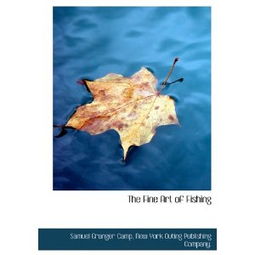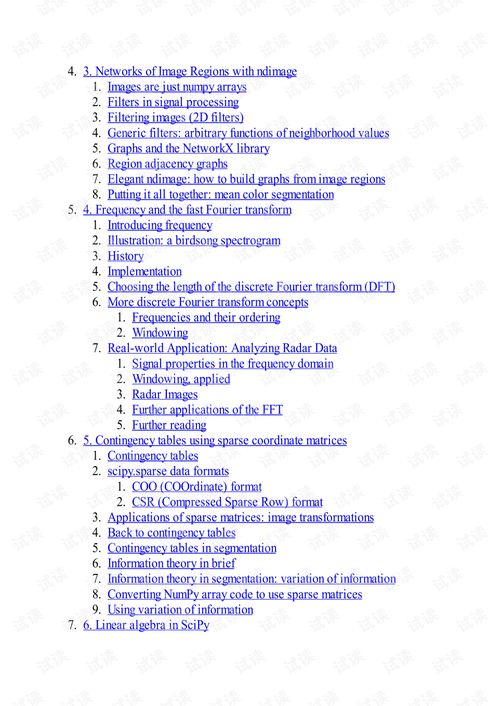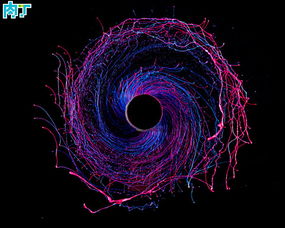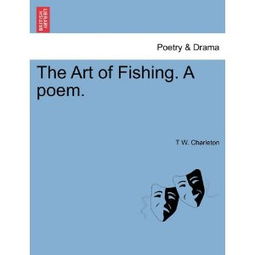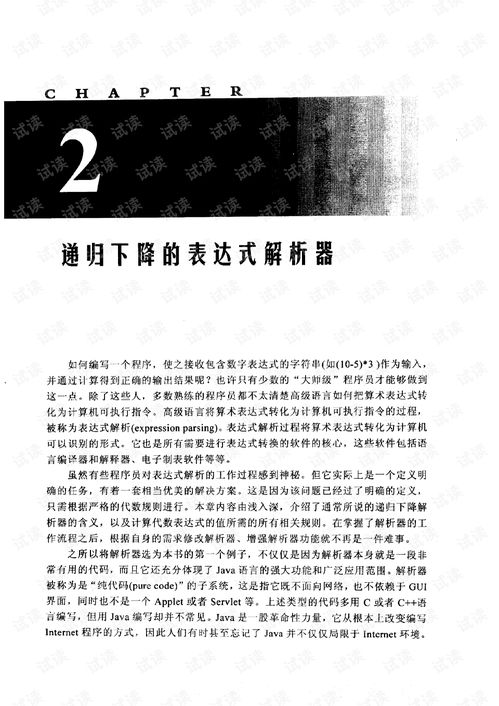
In the serene world of angling, the art of fishing extends far beyond merely casting a line into the water. One of the most crucial elements in the angler's arsenal is the baited hook. Understanding how to select the right hook and how to use it effectively can make the difference between a successful fishing trip and a day spent waiting for a bite. Let's delve into the intricacies of looking for and using the perfect baited hook.
Understanding the Hook
Before we can discuss how to look for the perfect baited hook, it's essential to understand the different types of hooks available and their specific uses. Hooks come in various shapes, sizes, and materials, each designed to cater to different fishing scenarios and fish species.
- Jig Hooks: Ideal for bottom fishing, these hooks have a wide gap and a long shank, making them perfect for attaching heavy jigs and sinkers.
- Circle Hooks: Known for their circular shape, these hooks are designed to prevent the fish from easily throwing the bait.
- Treble Hooks: With three points, these hooks are highly effective for securing live bait and lures, as they increase the chances of a solid hookset.
- Sinker Hooks: These hooks are designed with a wide gap and a long shank to accommodate sinkers, making them ideal for bottom fishing.
Selecting the Right Hook
Choosing the right hook depends on several factors, including the type of fish you're targeting, the size of the bait, and the fishing environment.
- Fish Species: Different fish species have varying mouth shapes and sizes. For instance, larger fish like bass and pike require larger hooks, while smaller fish like panfish and trout may need smaller hooks.
- Bait Size: The size of the bait you're using should match the size of the hook. Using a hook that's too small for the bait can result in the bait slipping off, while a hook that's too large can damage the bait.
- Fishing Environment: The type of fishing you're doing—such as freshwater or saltwater, still water or moving water—will also influence your hook choice. For example, saltwater fishing often requires stronger, more durable hooks due to the harsher conditions.
Looking for the Perfect Baited Hook
Now that we understand the types of hooks and how to select the right one, let's discuss how to look for the perfect baited hook.
- Quality over Quantity: Invest in high-quality hooks. Cheaper hooks may bend or break more easily, leading to lost fish and wasted time.
- Shank Length: The shank length of the hook should be appropriate for the bait you're using. A longer shank can accommodate larger baits, while a shorter shank is better for smaller baits.
- Point Sharpness: The point of the hook should be extremely sharp. A dull point can result in missed bites and difficulty in setting the hook.
- Bend Shape: The bend of the hook should be smooth and consistent. A malformed bend can cause the hook to hang up on vegetation or other debris.
Using the Baited Hook Effectively
Once you've found the perfect baited hook, it's crucial to use it effectively to increase your chances of catching fish.
- Presentation: The way you present the bait is as important as the bait itself. Pay attention to the speed and depth of your retrieve, as well as the way the bait interacts with the water.
- Hookset Technique: When a fish strikes, the hookset is critical. Use a quick, upward and forward motion to set the hook, ensuring it's securely in the fish's mouth.
- Patience and Practice: Fishing is a skill that requires patience and practice. Spend time learning the nuances of hooking and setting the hook, and don't get discouraged by missed opportunities.
In conclusion, mastering the art of fishing involves understanding the importance of the baited hook and how to select and use it effectively. By investing in high-quality hooks, understanding the specific needs of the fish you're targeting, and practicing your technique, you'll be well on your way to becoming a more successful angler. Happy fishing!

